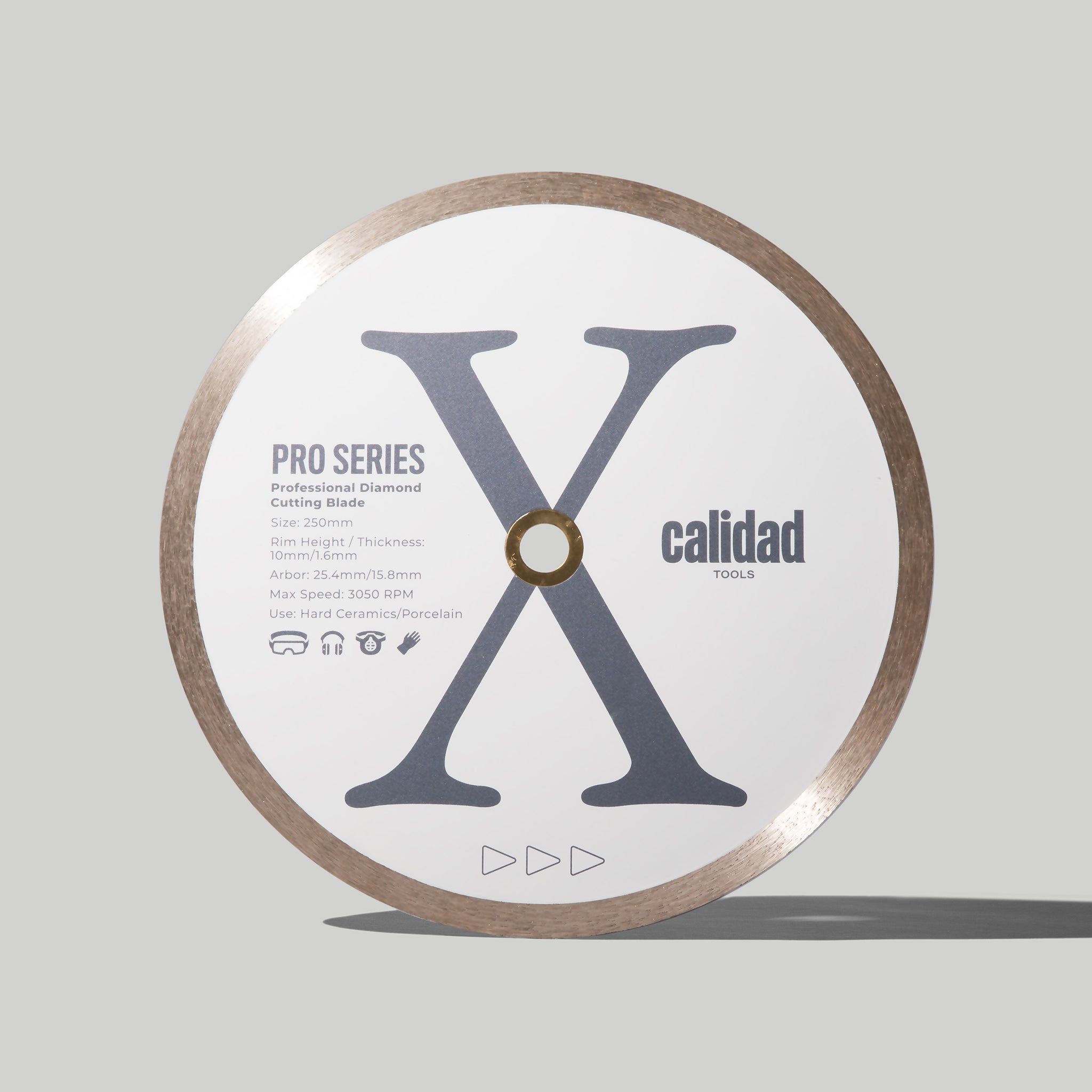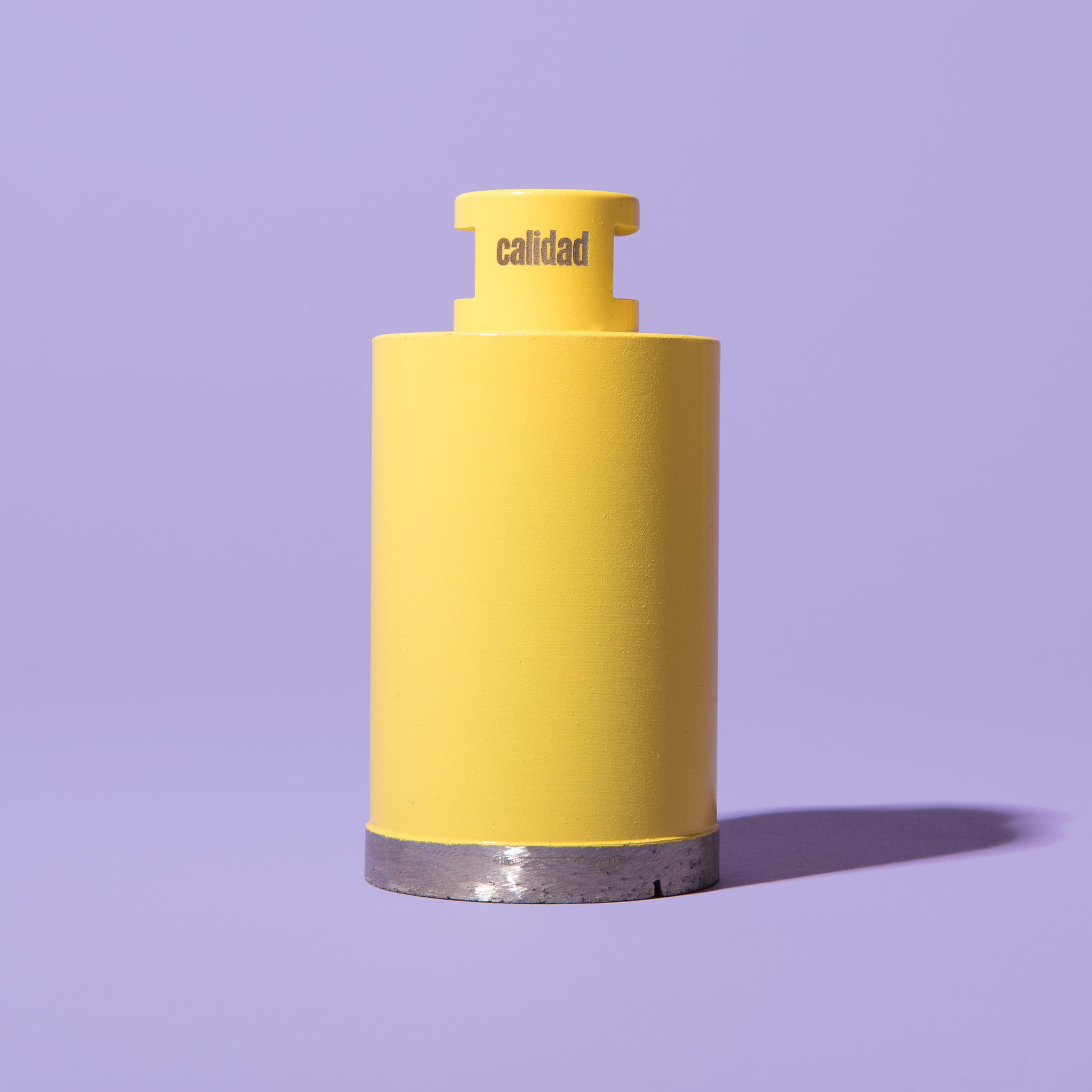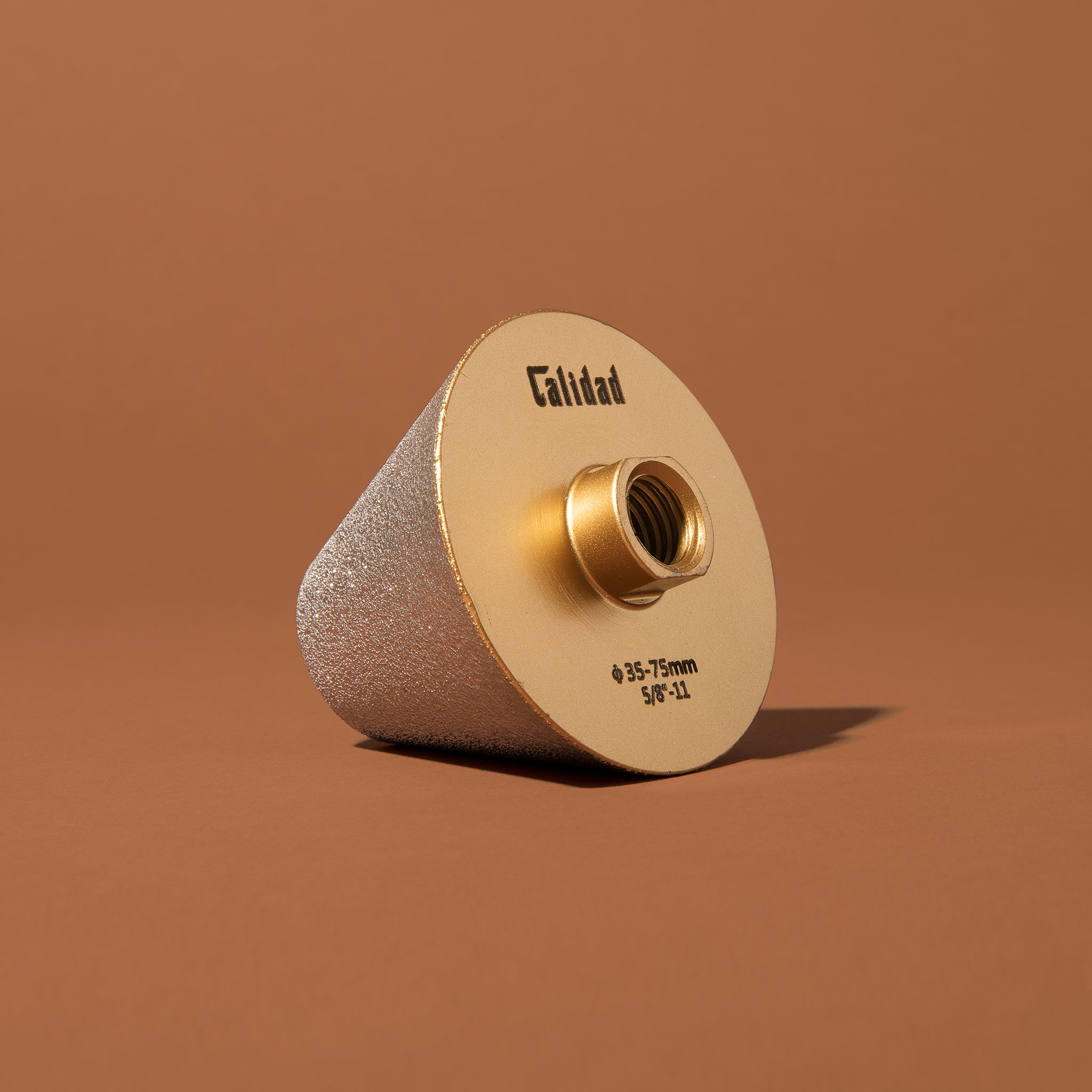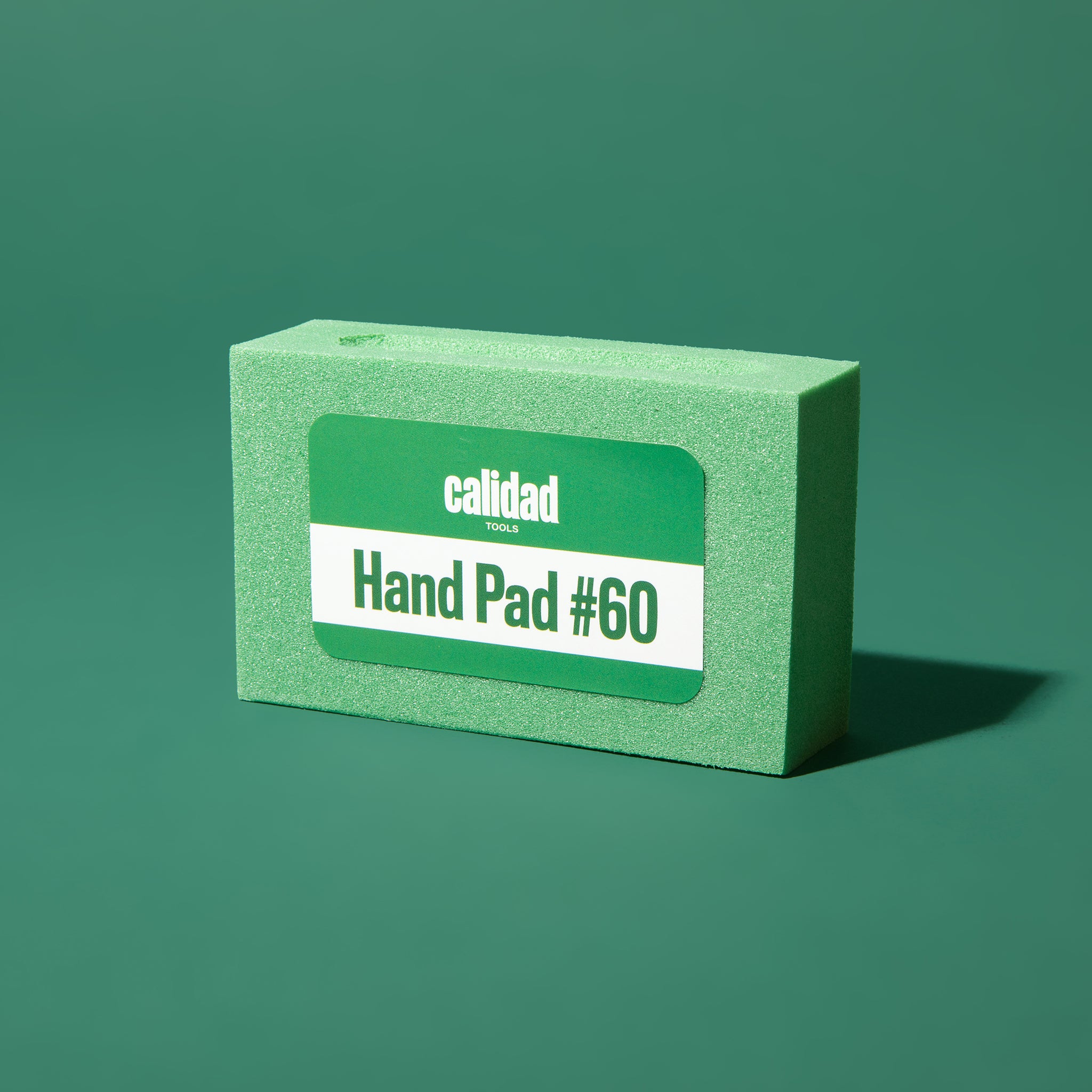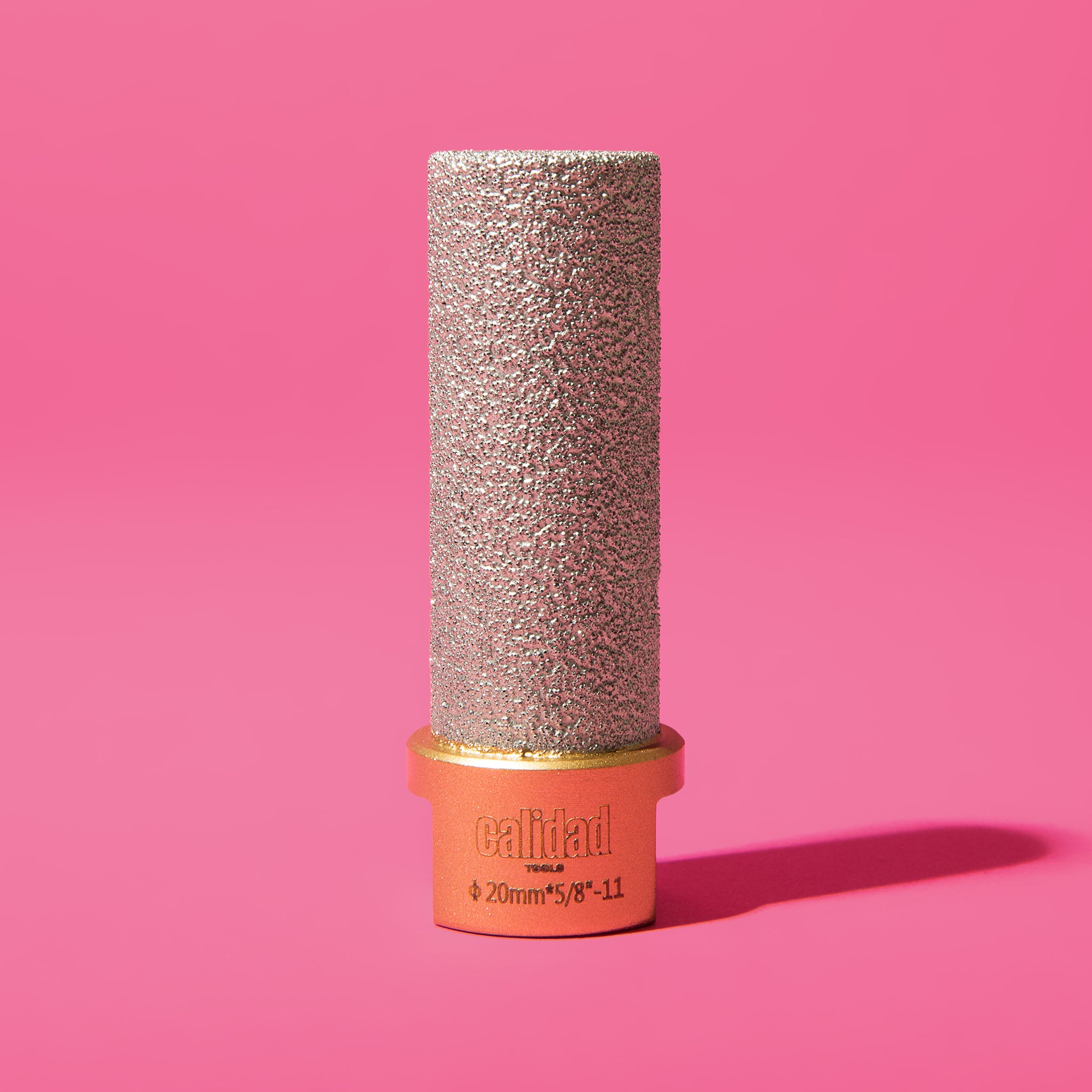Mastering Tile Repair: Guide to Fixing Tiles Like a Pro

We've all been there at least once in life. One day, you're minding your business around home and you suddenly hear a loud crash. You run to see what happened only to find out your lovable little furball dropped a hammer on your tile and cracked it.
You can't just leave the crack, it will cause a whole slew of problems down the line. The only thing you can do now is fix it. Knowing how to fix loose, chipped and cracked tile is a valuable skill since it won't just help you keep your home nice and tidy, but also save you money.
Why pay someone to fix your tiles when you can DIY. All you need is some basic tools and good ol' elbow grease. In this article, you can learn all about tile repair - from what tools you'll need how to fix both tile and grout.
Why You Tile Repair Is Important
Regardless of whether your tile is made of stone or ceramic, it's built to withstand the test of time. Yet, accidents and the natural aging process of a house can lead to cracks and breakage. You might notice damage on the tile itself, the caulking, or even the grout.
Damaged tiles expose the subfloor, backing, or drywall to potential water and moisture infiltration. Preventing water from seeping into these layers beneath the tile is crucial to avoid issues like mold, mildew, and further damage. Failure to address water damage can result in the need to replace both the tile and the subfloor, a costly and time-consuming endeavor.
Moreover, cracks and chips in tiles pose safety risks to you and your family, with sharp edges that can cause cuts and gaps that might lead to trips and falls. Thus, incorporating tile maintenance into your home repair routine is essential.
Whether you tackle repairs yourself or enlist the help of a seasoned tile professional, addressing cracked and damaged ceramic tiles promptly can prevent more significant issues down the line.
What Tools You'll Need For Tile Repair

Like any home improvement job, tile repair demands a set of essential tools and materials to get the job done right. These include a range of specialized tools and supplies tailored to the task at hand, many of which are readily available at your local home improvement store.
Here's a rundown of the tools you'll need:
- Protective gloves
- Face mask for safety
- Claw hammer for tile removal
- Various grout blades and saws
- Rubber grout float for application
- Chisel set for precision work
- Safety glasses for eye protection
- Toothpicks and craft sticks for detail work
- Cleaning rags and sponges for cleanup
- Tile cleaner for surface preparation
- Tile trowels for mortar application
- Wet & dry vacuum for debris removal
As for materials, gather these essentials:
- Thin-set mortar for adhesion
- Pre-mixed grout for filling gaps
- Paint and brushes for touch-ups
- Painters' tape for neat lines
- Grout sealant for protection
- Urethane sealant for durability
- Epoxy for secure bonding
- Drop cloths for workspace protection
- Replacement tiles for damaged ones
The specific tools required may vary depending on whether you're repairing or replacing the tile. It's always wise to keep a few spare tiles from the original installation in case replacements are needed. With these tools and materials at your disposal, tackling tile repairs becomes a smoother and more efficient process.
How To Repair Cracked And Chipped Tile

The decision to repair or replace damaged tile hinges on the extent of the damage. For minor issues like small cracks or chips, repairs are entirely feasible. Here's how to tackle them:
Clean the Tile Surface
Start by thoroughly cleaning the tile surface to remove any dirt, debris, or grease. Use a cloth and a tile cleaner or mild detergent for this task. Ensuring the surface is free from any contaminants ensures proper adhesion and uniformity during the repair process. Allow the tile to dry completely before proceeding.
Apply Epoxy
Prepare a clear epoxy according to the manufacturer's instructions, if necessary. Dispense a small amount of epoxy onto a piece of cardboard. Using a craft stick or toothpick, carefully
Match the Color
Once the epoxy has fully cured, it's time to conceal the repair. Use urethane or oil-based paint to match the colors of your tile. You can either mix your own paint or opt for a pre-mixed option. With a fine paintbrush, delicately apply the paint over the epoxy and surrounding area. Once the paint has dried completely, apply a thin layer of urethane sealer to protect the repair and prevent future chipping or cracking.
How To Replace Tile

Damaged tiles with extensive cracks,
Remove the Old Tile
Begin by removing the old tile. Wear protective gear like safety glasses, gloves, and a mask to shield yourself from debris. Lay a drop cloth to contain the mess. Apply painter’s tape to protect the surrounding tiles. If the tile is loose, gently pry it off with a screwdriver.
For firmly attached tiles, use a hammer and chisel to carefully remove them, starting from the center and working outward. Breaking the tile into smaller pieces may facilitate removal.
Clear Old Grout and Adhesive
Eliminate old grout using a grout saw. Loosen remaining grout and adhesive with a hammer and chisel, ensuring not to damage nearby surfaces.
Clean the Area
Use a wet-dry vacuum to remove debris, then wipe the area with a damp cloth to eliminate dust and grease, ensuring a clean, dry surface.
Apply Thin-Set Mortar
Apply pre-mixed mortar evenly to the floor where the new tile will be placed using a trowel. Apply a thin layer of mortar to the back of the tile for better adhesion.
Set the Tile
Place the replacement tile onto the fresh mortar, ensuring it remains level. Press down gently and adjust the tile to align with surrounding tiles. Use a wood block and hammer to level the tile, then allow the mortar to cure.
Add Fresh Grout
Once the mortar is dry, apply fresh grout around the edges of the new tile using a grout float. Choose a color that matches the existing grout and avoid sanded grout for delicate tiles. After applying the grout, allow it to set for 15-20 minutes before wiping away excess grout with a damp sponge. Buff the tile with a dry cloth once the grout begins to dry.
Apply Grout Sealant
After 24 hours of drying, apply grout sealant to protect the grout from moisture and stains, completing the tile replacement process.
How To Repair Tile Grout

Occasionally, your tiles may be in good condition, but the grout surrounding them starts to deteriorate, cracking, chipping, or staining over time. Neglected grout issues can lead to further tile damage, making it crucial to address them promptly.
Clean and Treat Grout Stains
When grout shows stains but remains structurally sound, cleaning it is often sufficient. Use a commercial cleaner or a water-vinegar solution in equal parts to scrub away stains. Ensure both tile and grout are thoroughly cleaned. Applying a grout sealant afterward can prevent future staining.
Remove Damaged Grout
Carefully use a grout saw to remove damaged grout without harming the tile. After clearing away debris with a wet-dry vacuum, dampen the joints and tile with water.
Apply New Grout
Use a grout float to apply fresh grout, filling the joints evenly. Wipe away excess grout with a wet sponge after letting it sit for 15-20 minutes. Ensure the grout dries according to the manufacturer's instructions, leaving a light haze on the tile.
Clean, Polish, and Seal
Polish the tile with a dry towel to remove remaining grout residue. Consider using a haze remover for stubborn areas. Once the grout is fully dry, apply a grout sealer to protect against stains and complete the repair process.
Conclusion
As you can see, fixing and replacing tile ain't that big of a deal. Sure you need a couple of tools, but you need those for other repairs around the house. In any case, we hope you find this guide helpful in your next DIY project.
And if you're looking for premium tiling tools, check out our store! We have everything from circular saws and hole saws, to grinder blades and diamond hole drilling bits.

